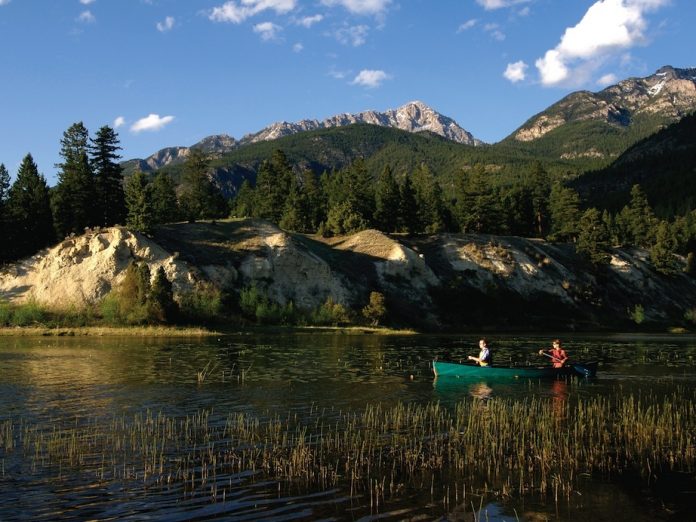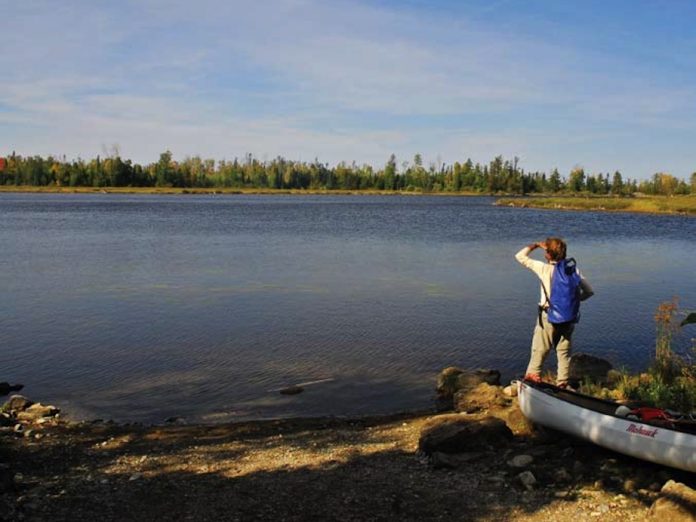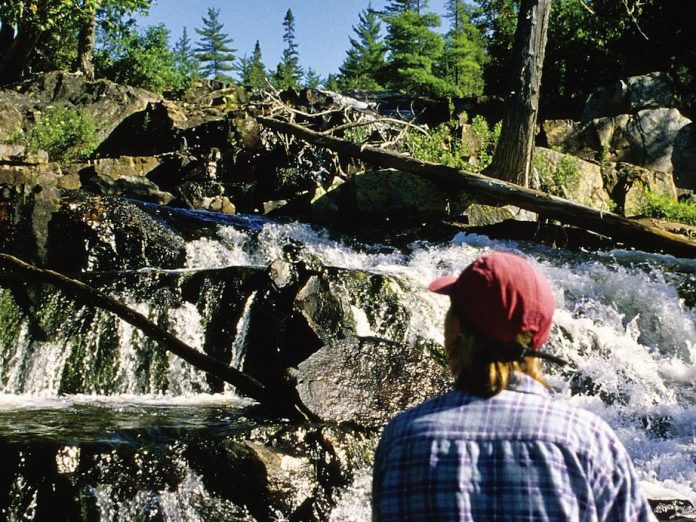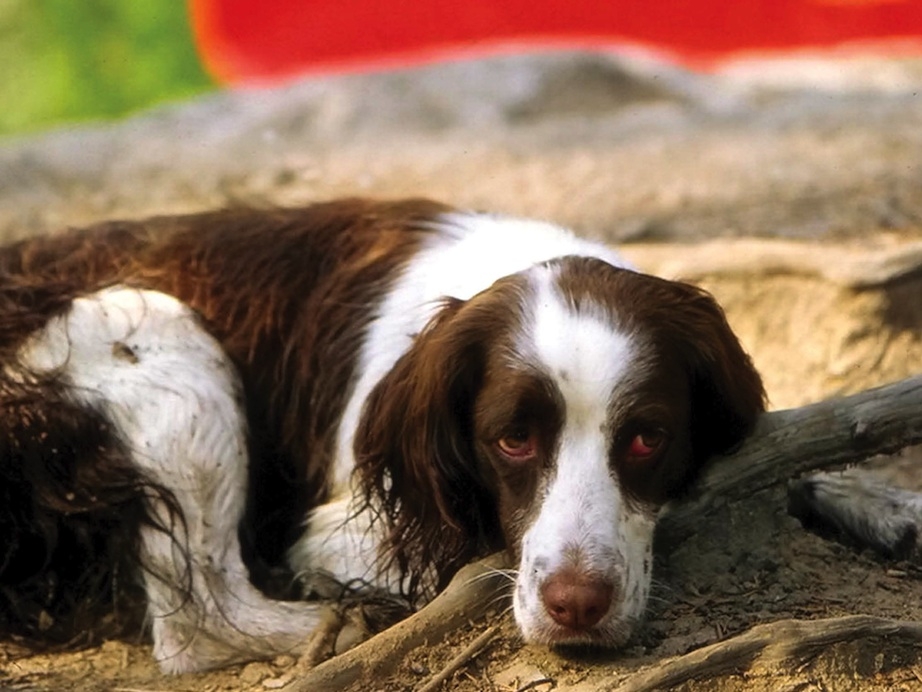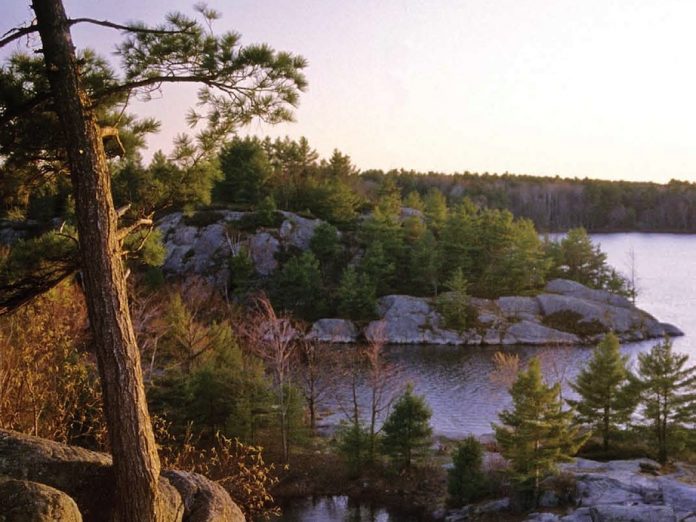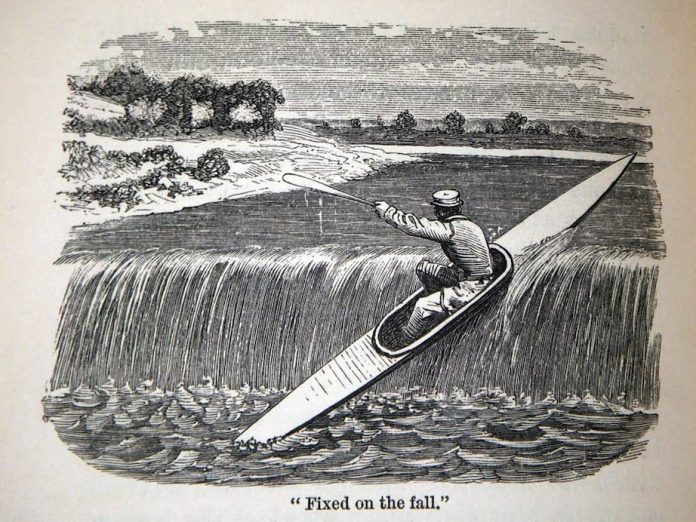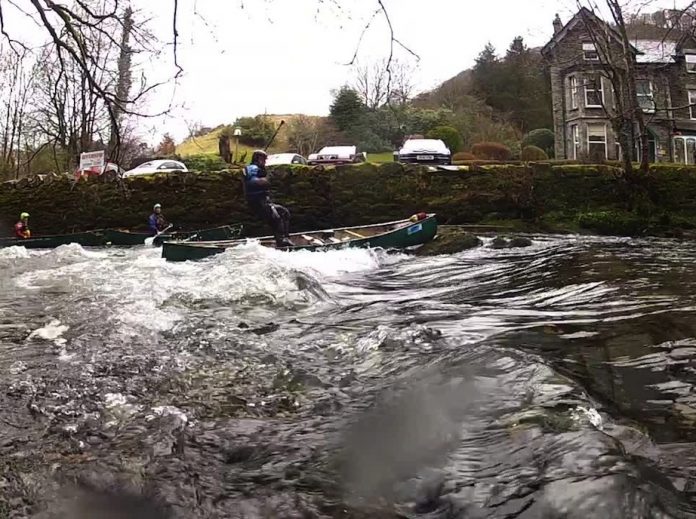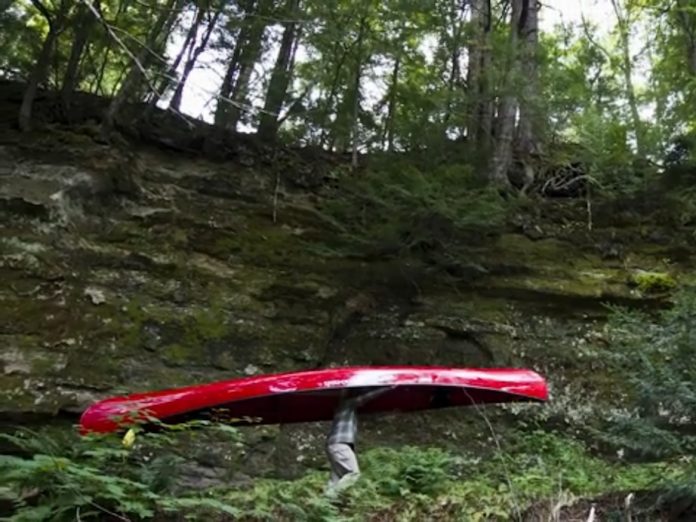Sooner or later, everybody who owns a canoe scans the boat in the rosy light of evening and wonders what adventures it has been on and what future odysseys are in store. A trip upstream to the source of the local river? A trip across the country? In a nation of rivers like Canada, it’s easy to think that with the right boat, the proper gear, enough food and dollop of daring and ingenuity, epic journeys are possible for any- one willing to take a risk.
And then there’s John Smith of Peterborough.
It was the spring of 1934. Smith, 34, had spent the previous five years being a whaler and merchant mariner. But he had returned home to realize a dream that had been brewing in his fertile mind since his early adult years working for the Peterborough Canoe Company. The dream was simple. He would paddle a 16-foot cedar-canvas canoe, called “Pride of Peterborough,” from Peterborough, Ontario, to Peterborough, England—solo across the Atlantic.
Really. He would load the boat with 500 pounds of fresh water and hard tack, sew a canvas cover to keep waves at bay. All in, he would leave the George Street wharf on the Otonabee River in June and, in two to three months, would be relaying personal greetings to family and friends in Ireland. Then onward across the Irish Sea to Peterborough, Cambridgeshire, on the River Nene.
And that’s exactly what he set out to do. The reporter who broke the story in the Peterborough Examiner was initially skeptical. But Smith’s shy demeanour and earnest determination convinced him otherwise. “Yes sir, Smith is serious,” he wrote. “For the past eight months… he has been analyzing carefully the various problems involved. And right now he is busy seeking a canoe of the proper type and arranging for the food rations and equipment he will carry with him.”
Smith… well… didn’t make it. He’s buried in an unmarked grave near Stephenville, Newfoundland. He made his way safely to the tip of the Gaspé Peninsula and, from there, struck out into the open waters of the Gulf of St. Lawrence to make the 435-kilometre crossing to Newfoundland.
His journal, which turned up as beach flotsam in a waterproofed tin can, detailed that partway over he stopped aboard a freighter whose captain gave him a hot meal, a mariner’s rubber safety suit and a map and sent him on his way again. Somewhere between there and Newfoundland, Smith came a cropper.
His body washed up in one place, his surf-bashed canoe in another, the tin can containing his journal in another; all pieces of Smith’s impossible dream.
It was on those beaches that Smith’s story would have faded into obscurity had it not been for two Peterborough artists who have kept the tale alive.
Singer and songwriter Glen Caradus premiered a splendid new ballad about John Smith at a concert at The Canadian Canoe Museum earlier this year. When asked, he allowed that he was inspired to write the song by an art installation created by Mount Pleasant, Ontario, artist JoEllen Brydon.
In the early 1990s, Brydon was pulling up flooring in her 19th-century farmhouse and came upon old newspapers that included a June, 1934 edition of the Peterborough Examiner. So captivated was she by Smith’s story that she created a whole art installation around the tale—18 paintings installed on a wall behind a 1930s-style diner counter where visitors can sit on padded chrome stools and read reprints of the Smith story as it appeared back in the day. This work is now in the Museum of Civilization in Ottawa.
Not only do we need John Smiths for inspiration, we also need artists like Caradus and Brydon to keep their stories alive. The stories they tell remind us that epic journeys of discovery, whatever the vehicle, whatever the goal, begin far closer to home than most of us ever imagine.
All it takes is a dream.
James Raffan is the executive director of the Canadian Canoe Museum.
This article appeared in Canoeroots & Family Camping, Summer/Fall 2009.



